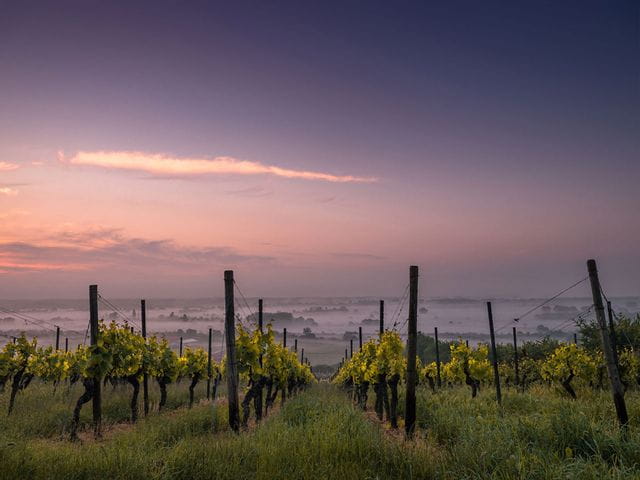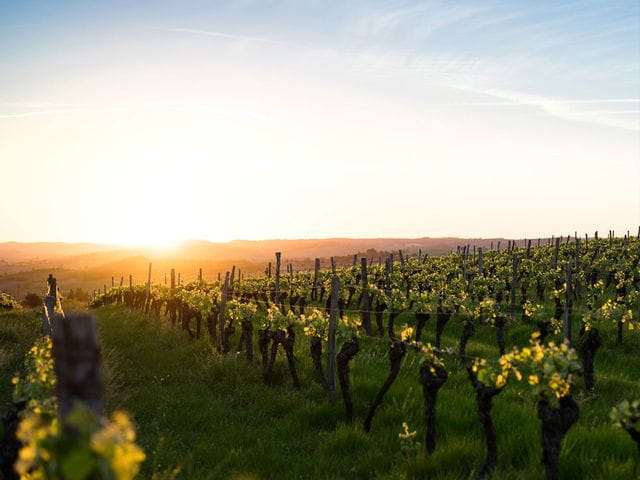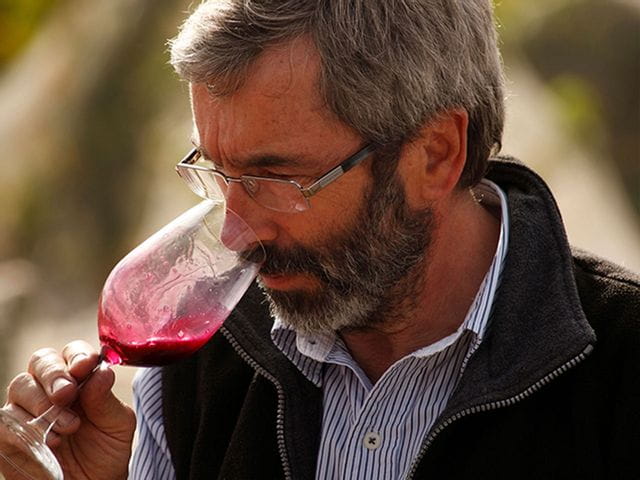What's the Difference?
Cool and Warm Climate Wines

Like terrior, racking or yield, "climate" is one of those terms you might hear at a wine tasting or read on tasting note, and simply pretend to understand instead of looking foolish. We've got good news for you: you don't need a few years of winemaking experience to understand the difference between cool and warm climate wines, and knowing which you prefer can help you make better wine choices.
How does climate affect the flavour of wines?
First of all, let’s clear up one misconception about cool climate wines: that the region has to be ‘cool’ all year round. The regions are actually categorised based on how quickly the cooler weather comes on, how much rainfall they receive and the typical humidity, as well as their lower average temperatures.
Let's take two well-known Australian wine regions as our examples: Victoria's Yarra Valley (a cool climate region), and New South Wales' Hunter Valley (a warm climate region).
Year-round in the Yarra Valley, the maximum temperature averages around 27C and the minimum drops below 10C from March to January.
On the other hand, in the Hunter Valley, the maximum temperature averages around 30C, and the minimum drops below 10C only from May to September.

Cool Climate Wines
Cool climate grapes do not ripen as quickly, resulting in lower natural sugar and therefore higher natural acidity. The wines are often described as being more subtle or refined.
You’ll find more tart flavours (such as raspberry, cherry, or cranberry), as well as green or spice characteristics (you might hear a winemaker describe the wine as smelling like “the forest floor”).
Cool climate winemakers face a number of challenges as cool climate vines tend to yield less fruit (ie. produce less fruit per vine), and some varieties will struggle to thrive without warmth. The winemakers also need to ensure the wine’s savoury or sour fruit character are balanced with enough sweetness.
Cool Regions: Yarra Valley, Geelong, Macedon Ranges (VIC); Adelaide Hills, Eden Valley (SA); Tamar Valley (TAS).
Ideal Varieties: Riesling, Chardonnay, and Pinot Noir, which is why Australia’s best sparkling wines tend to hail from these regions, like Ed Carr’s Arras (made from Chardonnay and Pinot Noir grapes grown across Tasmania).

Warm Climate Wines
Warm climate wines tend to pack more of a punch, often described as full-flavoured or rich. The grapes in this region ripen quicker so have higher natural sugars and therefore often have higher alcohol levels.
Typically, you’ll see dominant fruit flavours (think stone or dried fruit, or dark fruit such as blackberry or plum), as well as more ‘muscular’ characteristics (such as black pepper, leather, or chocolate).
The warm climate winemaker’s biggest challenge is controlling the wine’s big fruity flavours and high alcohol content, which can be achieved by adding acidity. The grapes also tend to have thicker skins to protect themselves from the heat, and this results in more tannic wines. These dominating factors need to be balanced during the winemaking process to stop the wine from becoming overwhelming and nondescript.
Warm Regions: Hunter Valley, Mudgee (NSW); Clare Valley, Barossa Valley, McLaren Vale, Coonawarra (SA); Margaret River (WA)
Ideal Varieties: Shiraz and Cabernet Sauvignon, which is why Shiraz Cabernet (or Cabernet Shiraz), known as the “blend that defines Australia”, is usually produced from grapes grown in warm regions.

Legendary winemaker Stephen Henschke
Talks about growing and producing wines from both cool and warm climates:
"Climate is a major contributor to flavour. Our wines are produced from organically and bio-dynamically farmed sustainable vineyards in South Australia’s Eden Valley, Barossa Valley, and the Adelaide Hills.
The high altitude of the Mount Lofty Ranges has a significant impact on the wine. It results in delayed ripening, so the fruit is picked later during autumn when it is cooler. For example, the same varieties ripen two weeks later at Lenswood in the Adelaide Hills than at Eden Valley. Longer slower ripening results in increased flavour intensity, tannin structure, and balance.
The higher altitude of the Eden Valley results in more distinctive varietal flavour characteristics and higher acidities. Eden Valley produces stunning signature Riesling and elegant Shiraz that show extraordinary flavour, purity of fruit, and the potential for excellent ageing. Hill of Grace and Mount Edelstone are both single vineyard Shiraz wines produced in Eden Valley.
The Barossa Valley produces full flavour Shiraz and Cabernet Sauvignon, and the cool climate Adelaide Hills provides higher rainfall and humidity at the right time of the year, cooler temperatures to retain natural acidity, and still enough sunshine to fully ripen the grapes.
For example, we describe our Julius Eden Valley Riesling as having florals, lime zest, and stone and citrus fruit flavour intensity, good acidity, and extraordinary palate length. However, our Lenswood Green’s Hill Riesling has delicate floral fragrance, citrus blossom and slate, citrus fruits and a mineral texture, plus higher acidity and a pure fine finish. The Adelaide Hills Rieslings often age in the bottle longer than the Eden Valley Rieslings.”
Locations